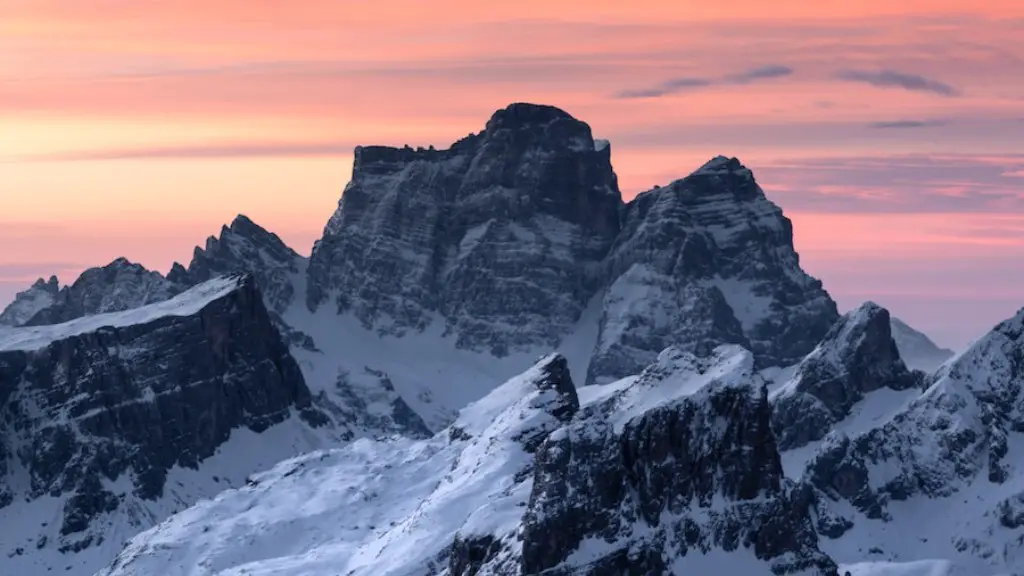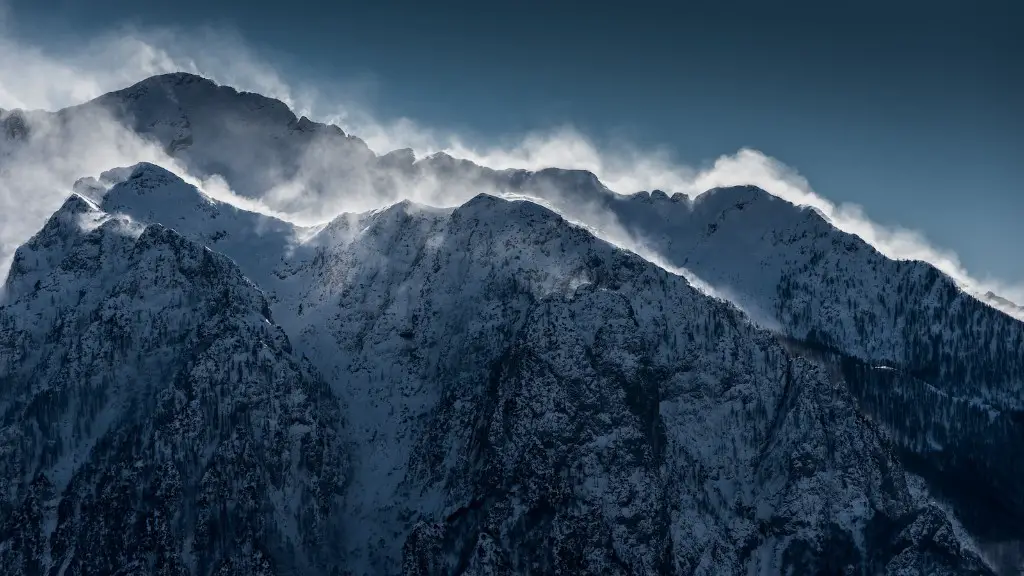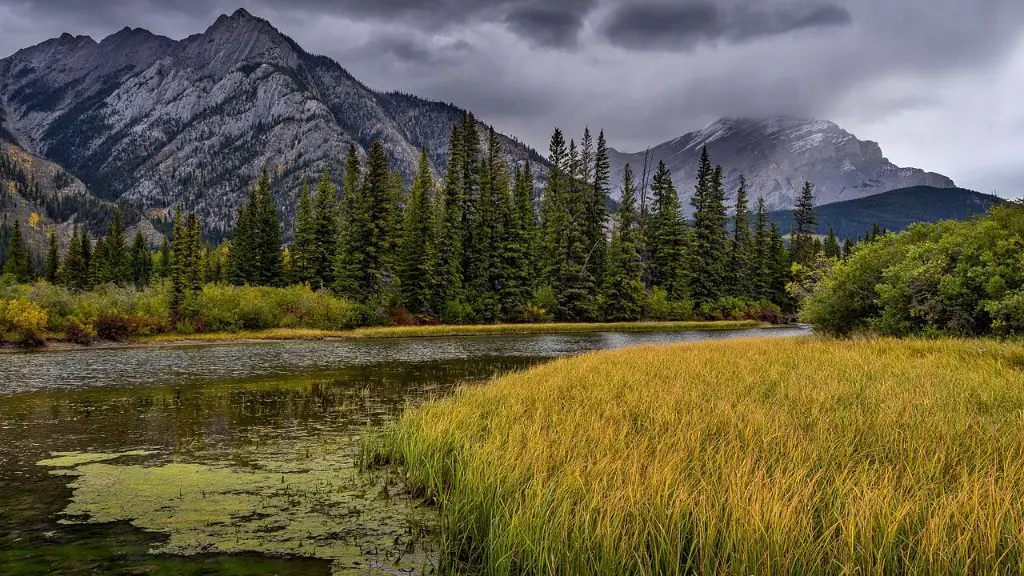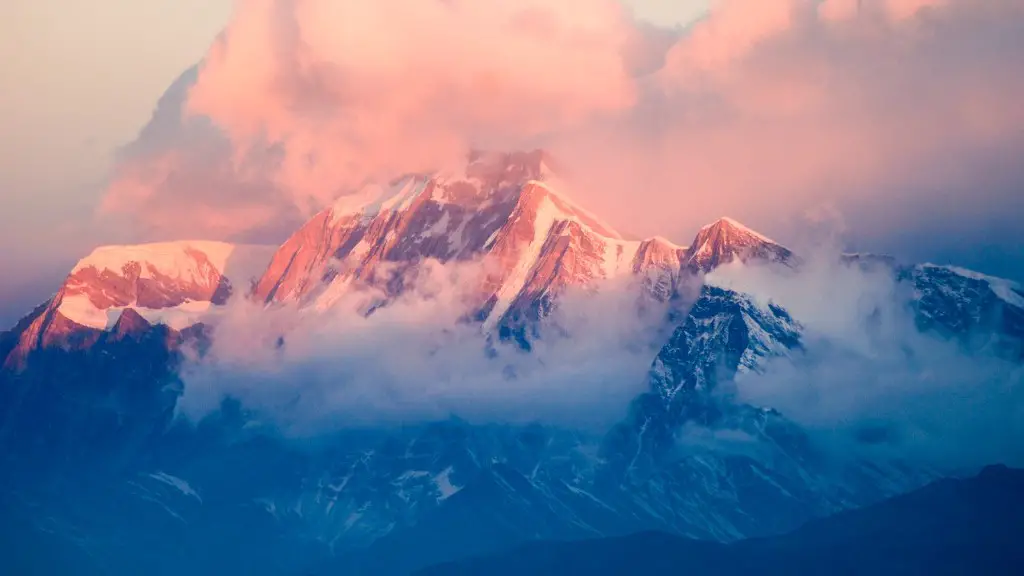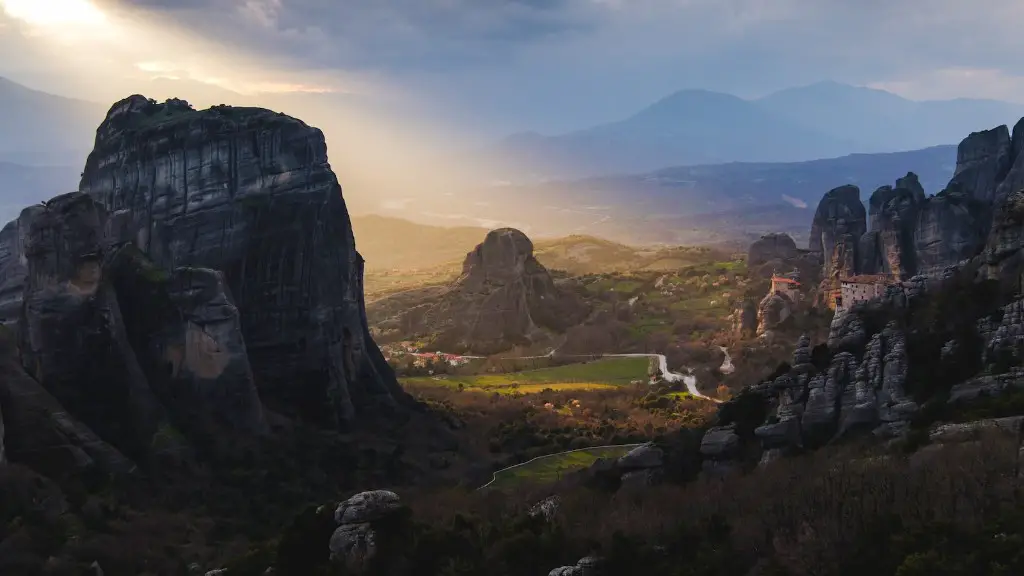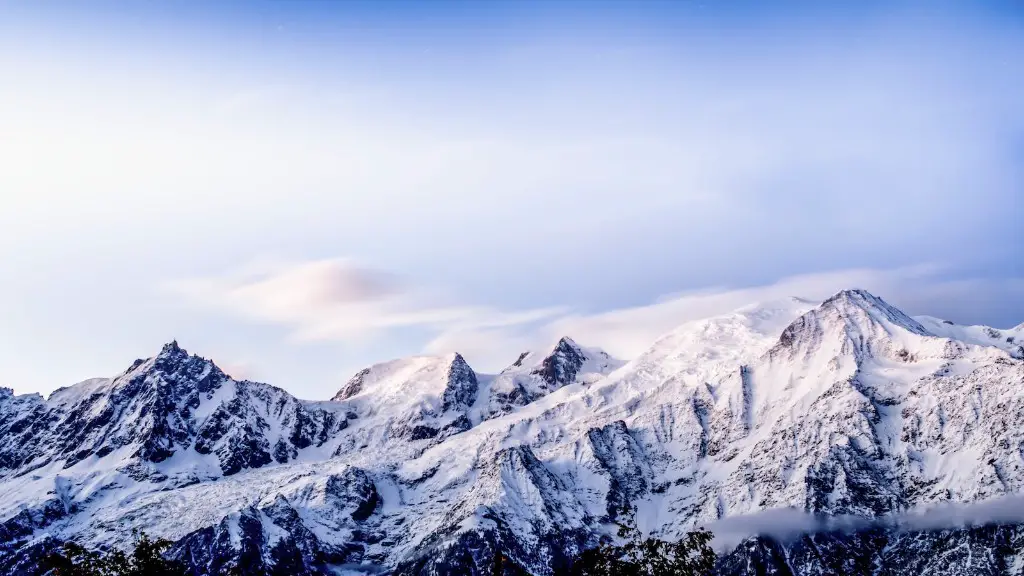Climbing Mount Everest is an accomplishment that few people will ever achieve in their lifetime. Standing at 29,029 feet, it is the tallest mountain in the world. For most people, the thought of climbing Mount Everest is daunting, and it is. The air is thin, the temperatures are extreme, and the terrain is treacherous. There are many dangers that mountaineers face when they attempt to summit Everest.
Despite the risks, people are drawn to the challenge of climbing Everest. For some, it is a test of their physical limits. For others, it is a way to conquer their fears. Whatever the reason, people who climb Everest are embarking on an adventure that few will ever experience.
The journey to the top of Everest takes many weeks. Climbers must acclimatize to the high altitude before they can even attempt to summit. They do this by slowly ascending to higher and higher camps, spending a few days at each one to adjust to the thinner air.
Once they have acclimatized, climbers will make their way to the summit. This is done in stages, with climbers spending a few days at each of the higher camps along the way. The final push to the summit is typically done in a single
The vast majority of people who climb Mount Everest do so as part of a guided tour. These tours typically consist of a large team of climbers, Sherpas, and other support staff.
Climbing Mount Everest is an extremely strenuous and challenging endeavor. The route to the summit is long, difficult, and exposed to harsh weather conditions. In order to reach the summit, climbers must be in excellent physical condition and have a high level of mountaineering experience.
Most guided tours of Mount Everest begin with a period of acclimatization, during which climbers slowly adjust to the high altitude. This process can take several weeks, and during this time, climbers will typically make several ascent and descents of lower peaks in the region.
When the team is ready to attempt the summit, they will typically do so in a single push, spending several days climbing non-stop to reach the top. This is a physically and mentally demanding process, and often, bad weather conditions will force climbers to turn back before they reach the summit.
Can a normal person climb Mount Everest?
In order to successfully summit Everest, you must be incredibly physically fit; most people spend at least one-year training to climb the mountain. You should also be comfortable on AD-rated climbs with previous experience at high altitudes.
Everest Base Camp is the starting point for most expeditions to Mount Everest. It is located at an altitude of 17,500 feet (5,300 meters) in the Khumbu region of Nepal. From Kathmandu, mountaineers take a short flight to Lukla, then trek for about 10 days to reach Everest Base Camp. Most will spend weeks there in the spring, acclimating to the altitude with rest and day hikes, before attempting to summit Everest in May.
How hard is it to climb Mount Everest
Yes, it is definitely extremely difficult to climb Mount Everest. There are other mountains less high than the Everest and harder than Everest to climb. The only professional climber can plan to climb Everest once they are fit in the altitude, success to climb other mountains, and built their body in less oxygen.
This is just an estimate, but it seems that the average price of an expedition to Mount Everest in 2023 will be around $58,069. The median price is probably going to be around $50,000. This is obviously just a rough estimate, but it gives you an idea of what you can expect to pay if you’re planning on going on an expedition to Mount Everest in 2023.
How cold is it at the top of Everest?
The weather on Mount Everest is one of the most extreme in the world. Temperatures at the summit are never above freezing and during January, they can drop as low as -60° C (-76° F). Despite the low temperatures, the biggest issue faced by climbers is hurricane force winds and wind chill. These conditions can make it impossible to climb the mountain, even for the most experienced mountaineers.
The Khumbu Icefall is the most dangerous part of an Everest expedition, even with the extensive systems of ropes and ladders installed each climbing season by the ice doctors. Every year, climbers lose their lives attempting to cross the Khumbu Icefall, and many more are injured. The best way to avoid becoming a statistic is to be as prepared as possible before attempting to cross the Khumbu Icefall.
Can I climb Everest with no experience?
You need experience, experience, experience: having attempted the Seven Summits isn’t sufficient training for this kind of mountaineering. But beyond high-altitude climbing experience, you also need good footwork, good self-management and understanding of when you might need to turn back.
Pemba Dorje Sherpa is a Nepali mountaineer who holds the record for the fastest ascent of Mount Everest. He climbed from Base Camp to the summit in a time of 8 hours and 10 minutes on 21 May 2004. This is an incredible feat, and demonstrates Sherpa’s impressive mountaineering skills.
How long does it take to hike Mount Everest
Everest Base Camp is a stunningly beautiful place, and it’s well worth the trek to get there. However, it’s important to be prepared for the journey. It takes an average of 19 days to trek to and from Everest Base Camp, and once at the base camp it takes an average of 40 days to climb to the peak of Mount Everest. So, if you’re planning on trekking to Everest Base Camp, make sure you allow plenty of time to complete the journey and climb to the summit.
Lhakpa Sherpa is an experienced climber and knows the danger of spending too much time in the death zone. The death zone is the area above 8,000 meters (26,247 feet) where the air is so thin that the human body can no longer function properly. Climbers in the death zone are at risk of frostbite, altitude sickness, and even death.
Typically, climbers attempt to make it to the summit and back to Camp Four in a single day, spending as little time as possible in the death zone. However, Lhakpa Sherpa says that this is by far the most difficult day of the journey. The climb is long and strenuous, and the conditions are extremely dangerous.
If you are planning to attempt to climb Mount Everest, be sure to listen to the advice of experienced climbers like Lhakpa Sherpa. It is crucial to take the necessary precautions and to be prepared for the challenges of the death zone.
What is the death zone on Mount Everest?
At high altitudes, the air is much thinner and contains less oxygen. This can lead to a condition called altitude sickness, which can be potentially fatal. The “lethal zone” refers to the altitudes at which altitude sickness is most likely to occur.
George Mallory’s body was found in 1999, 75 years after his death in 1924. He had disappeared while attempting to climb Everest, and it was not known if he had succeeded in his goal. However, his body was found after an unusually warm spring, which may have melted the snow and ice enough to reveal it.
Who is the youngest person to summit Mt. Everest
Jordan Romero is an American mountain climber who was 13 years old when he reached the summit of Mount Everest on June 10, 2010. He was accompanied by his father, Paul Ramero, and his step-mother, Karen Lundgren, as well as three sherpas, Ang Pasang Sherpa, Lama Dawa Sherpa, and Lama Karma Sherpa.
Sherpa is a company that provides a variety of services, including those in the fields of transportation, logistics, and customer service. The average salary for a Sherpa is $77,410 per year, or $3722 per hour. The lowest earners at Sherpa make $42,000 per year, while the top 10 percent make over $139,000. Salaries vary by department, with the highest salaries in the transportation and customer service departments.
Why does it take 2 months to climb Everest?
The three main reasons it takes so long to climb Everest are the trek in, the acclimatization, and the weather. The trek can be skipped by taking an expensive helicopter ride from Lukla to Base Camp if the weather allows. If not it’s a 8-14 days trek depending on resting and acclimatization.
The top 3 causes of death on Everest are avalanches, falls, and collapses, and mountain sickness. Most of the time, these fatalities occur during descents, when the body is exhausted and concentration is reduced. In recent years, there have been a number of tragedies due to avalanches, particularly in 2014 and 2015. Falls and collapses are also common, especially when climbers are descending the mountain. Mountain sickness can be deadly, especially if it leads to brain or lung edema.
What are the dangers of Mount Everest
There are many dangers of climbing Mount Everest, some of which include altitude sickness, unpredictable weather, extreme cold temperatures, the Khumbu icefall, avalanches, summit fever, and crevasses. For climbers who are not experienced in high-altitude mountaineering, these dangers can be even more treacherous.
Everest’s average temperature of -36 degrees Celsius is lower than K2’s average temperature of -45 degrees Celsius, making it a more extreme environment. However, K2’s 8 degree higher latitude makes its midwinter conditions more similar to Everest’s.
Conclusion
The most common way to climb Mount Everest is to use a Sherpa guide. Sherpas are ethnic Nepalis who live in the mountains and are very experienced in climbing. They will help to carry your gear, set up your camp, and provide you with advice and support throughout your climb.
Climbing Mount Everest is an incredibly difficult and dangerous feat that has been attempted by many people over the years. While some have been successful in reaching the summit, many have not, and some have even lost their lives in the attempt. The best way to climb Mount Everest is to be well-prepared, both mentally and physically, and to have a lot of experience in mountaineering.
